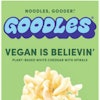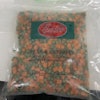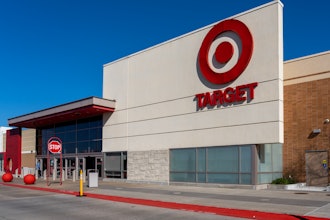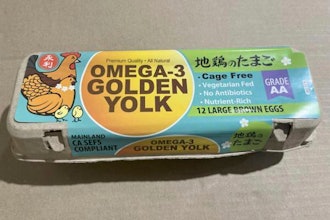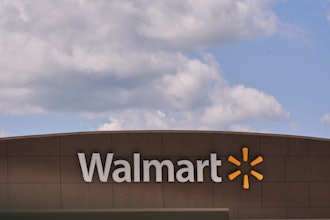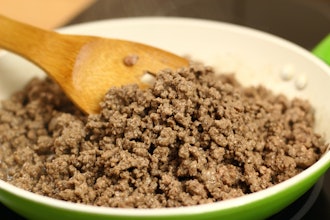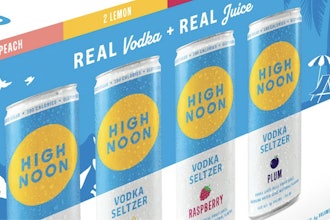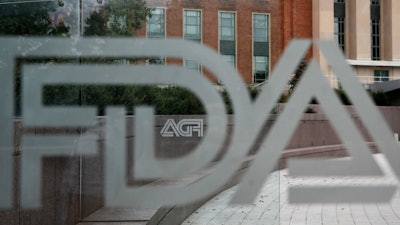
Food recalls surged in the first half of 2022 to levels not seen in years.
According to Sedgwick, a global provider of risk and benefit solutions, in the first quarter, the average size of food recalls overseen by the U.S. Food and Drug Administration soared to the second highest in 12 years. In the second quarter, FDA and U.S. Department of Agriculture recall events rose significantly — with USDA recalls at their highest in over two years.
As a food manufacturer, you face the perpetual risk of a recall. While food companies cannot eliminate this risk, our experience at Selective Insurance has shown that significant risk mitigation is possible and can help food manufacturers minimize financial loss from recalls.
Here are some steps you can take to reduce the chances of a recall and limit its damage if one occurs.
Create Plans and Stick to Them
You need two types of plans: one for food safety and another for a recall.
Develop and implement a written food safety plan that gives you end-to-end oversight of your production line, from receipt of raw goods to delivery of the final product. Establish criteria for each stage of the line, such as testing, storing, cooking, refrigeration, controlling pathogen exposure, labeling, and shipment. The plan should include specifications for the sanitation of your physical plant, including food production surfaces, floors, uniforms, and other areas where pathogens and foreign objects can infiltrate.
The plan should be formal and, equally important, adhered to by all employees. The best-prepared companies never become complacent about following safety plans.
Your written recall plan should outline recall procedures for disposing the impacted product, notification to direct customers and the public, contingency plans for sourcing new raw materials, and effectiveness checks including sanitizing the facility and testing the replacement product. Roles and responsibilities of each department in your organization must be clarified in the plan, along with an emphasis on the importance of accurate recordkeeping. The plan should be readily accessible in an emergency. Selective recommends testing your plan annually by conducting mock recalls.
Be Proactive on Training
Train and retrain your employees on your food safety and hygiene policies and procedures. Each employee’s training should be appropriate to their role and cover general food preparation, handling, and storage safety principles. It should also make employees aware of the risks of not following good practices and guide them on reporting unsafe procedures or conditions of concern. This training can help prevent a food-safety incident from turning into a crisis.
Document the training and make sure it sticks by reinforcing it continuously through monthly reviews, surprise inspections, and internal audits.
Control Your Financial Exposure
Recalls can have serious financial repercussions. The most recent estimate of $10 million for the average recall cost dates back several years. Today’s figures will, of course, be higher. For example, the May 2022 recall of Jif peanut butter by J.M. Smucker cost the company $125 million.
The right insurance policy can help reduce your losses from a recall. Many companies, like Selective, offer recall insurance. It is critical that you ask your insurance agent about this coverage, as many insurers do not provide this recall insurance as a matter of course. The insurance buyer needs to confirm that the following three essential coverages are included: the cost to replace the product recalled, the customer’s consequential loss of profits, and good faith advertising expenses, and buy insurance based on a realistic recall cost forecast. You may be able to obtain coverage up to a limited amount without having to pay additional premium.
In addition to financial protection, insurance companies also offer products and services that assist you with risk and safety management. You can usually access these services at no extra cost. Selective recommends taking advantage of these offerings even if you have safety protocols at your plants, as they provide a third-party check that may prove beneficial.
Communicate with All Stakeholders
Recalls can wreak havoc on your public image – or they can help you enhance your brand. Your communication strategy during and after a recall goes a long way toward showcasing your values and rebuilding public trust. If a recall is imminent, whether or not mandated by regulators, stay ahead of it in your communications. Advise your suppliers, wholesalers, and retailers immediately, instruct them on the next steps and assist them in informing their customers. At the same time, reach out to consumers through advertising and public relations. Tell them how you discovered the issue that led to the recall, what steps you have taken to mitigate the damage, what they should do with the impacted items, and when replacement products will be available. Set up a hotline, email address, and website that consumers can use to get more information.
Preparation Is Key
Recalls can occur at any time and to any company, regardless of size. If you have the proper programs and insurance support, chances are greater that you’ll avoid a crisis or be better able to control one.
Darryl Holmes is the vice president of corporate underwriting at Selective Insurance.

